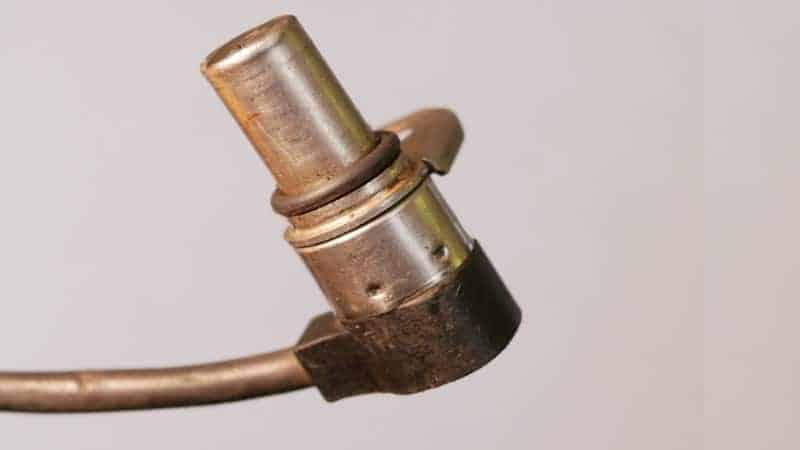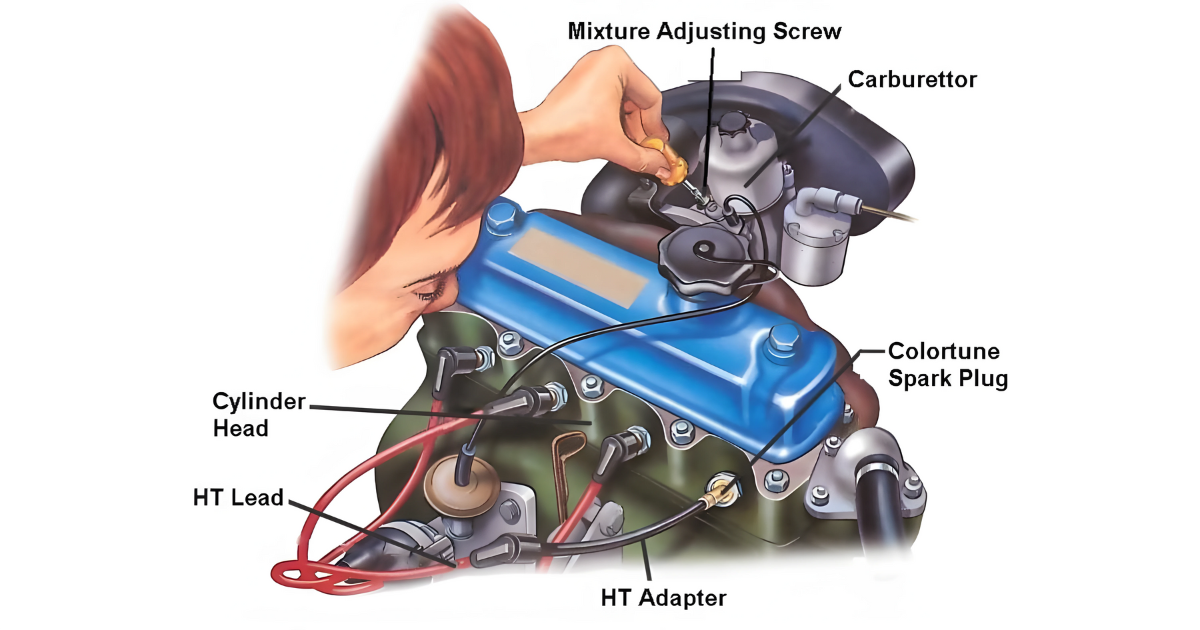An extremely delicate part of any vehicle, the speed sensor communicates with the vehicle’s computer systems to control the speed of the vehicle. Fuel economy and idling performance are two more areas impacted by the component.
If the speed sensor isn’t working properly, it will affect everything it comes into contact with and make them all malfunction. For motorists, this poses a significant threat. When sensors in an automobile, such as the speed sensor, fail, it can significantly impact the vehicle’s safety
Problems with Speed Sensors
In the event that a car’s speed sensor is malfunctioning, the driver will notice a number of unusual symptoms.
But fixing the problems won’t be easy until we can decipher the message these symptoms are sending. This is a list of signs that usually indicate a malfunctioning speed sensor.

Monitor the engine light.
A defective wheel speed sensor is one of many common engine problems that can cause the Check Engine Light to come on in a car.
Be sure to investigate the possible cause if you notice that the Check Engine, traction control, and ABS warning lights are continuously flashing on your vehicle’s dashboard. The diagnostic procedure can be facilitated with the use of an OBDII Scanner.
Problem with engaging cruise control
If the vehicle’s wheel speed sensor stops sending signals to the cruise control system, the PCM will turn off the cruise control.
That being said, a faulty wheel speed sensor could be the cause of your car’s cruise control not engaging when you’re on the road.
Odd numbers on the speedometer
The wheel speed sensor is a crucial component of the speedometer system in the majority of contemporary vehicles. To that end, if the speed sensor fails, the speedometer will not work as intended.
Therefore, until the problem with the wheel speed sensor is fixed, the speedometer will consistently show an inaccurate or erratic value. This is a potentially dangerous situation, therefore you should remedy it as soon as you see it.
Transmission problems
The wheel speed sensor is crucial to a vehicle’s transmission system since it signals when to shift gears. The transmission won’t engage properly if the wheel speed sensor doesn’t send the right signal.
A faulty wheel speed sensor could cause the gearbox to display symptoms including difficult shifting, delayed shifting, and restricted gear shifting operations.
The transmission torque converter’s failure to engage the clutch
A malfunctioning vehicle speed sensor might also cause the transmission to not be able to apply the clutch. If this is the case, the engine and transmission are not connected to each other.
Overheating of the transmission, higher fuel consumption, and slippage are all symptoms of this problem. Your vehicle’s wheel speed sensor is probably broken and in need of repair if you encounter any of these issues.
How to Find and Fix a Bad Speed Sensor

Take the time to diagnose your vehicle after you see any of the above-mentioned indications of a faulty speed sensor to determine if the sensor is indeed the culprit.
With the use of a multimeter, the diagnosis can be simplified. This method will also be useful for people who are wondering how to check the transmission speed sensor.
Park the car
Get the vehicle parked on a flat, level surface first. Because of the flat surface, the speed sensor will be easy to reach.
The next step is to switch off the engine and any other electrical components that are connected to the battery, like the lights. After that, you should probably take the key out of the ignition.
Locate the vehicle speed sensor.
Find the wheel speed sensor close to the gearbox after you open the hood of your vehicle. Please locate the dipstick on the transmission and use it to reach the metal sensor. The sensor is kept in place by a metal bracket and is connected to the transmission by two wires, one black and one white.
It is important to consult your vehicle’s handbook for specific instructions, as the placement of the speed sensor could vary from one model to another.
Unplug the wires and remove the sensor
Remove the wheel speed sensor by disconnecting its black and white wires using pliers or a screwdriver. They are also easily removable by unplugging and removing them by hand. To remove the wheel speed sensor, look for a tab or button on its side or top and press on it.
Before removing the sensor, double-check to see if any screws or bolts need to be loosen. Carefully remove the sensor from its mounting by wriggling or sliding it out of place. Keeping it from being injured by not forcing it out.
Connect the wires to the multimeter
Assemble the black and white leads by connecting them to the corresponding terminals. After that, make sure the leads click into place by gently pushing them into the slots. The next step is to turn the dial of the multimeter to the AC setting.
Plug the sensor into the vehicle
The sensor can be connected to the vehicle using a pair of cables that are black and white in color. An auto parts store is a good place to find this wire. Two wires, one for signal output and one for ground, make up the cable. Make sure they’re firmly connected to the sensor.
Fasten the black lead to the exposed wire
You need to attach the exposed wire to the black wire that is associated with the wheel speed sensor. Next, attach the sensor’s white wire to the red lead wire.
Connect a drill bit to test the speed sensor
It is now time to acquire a drill bit that will be utilized to mimic the movement of the sensor. To enable it to spin the gear within, locate a drill bit that is an exact fit for the wheel speed sensor.
Attach the drill bit to the power drill and secure it so it doesn’t slide off. Proceed by rotating the drill’s speed sensor. Get it spinning at a slow pace and gradually increase the speed until it reads accurately.
Conclusion
Problems with wheel speed sensors affect more than just the one component that needs replacing; they affect multiple areas of the engine bay.
By paying attention to the areas highlighted in this article, you will be able to easily detect the signs of a bad speed sensor. Make sure you take quick action to fix the problem if you ever encounter the symptoms listed above.
You should definitely change the broken speed sensor if it’s necessary. Additional, potentially uncontrollable damage can result from ignoring the need to replace the part.





